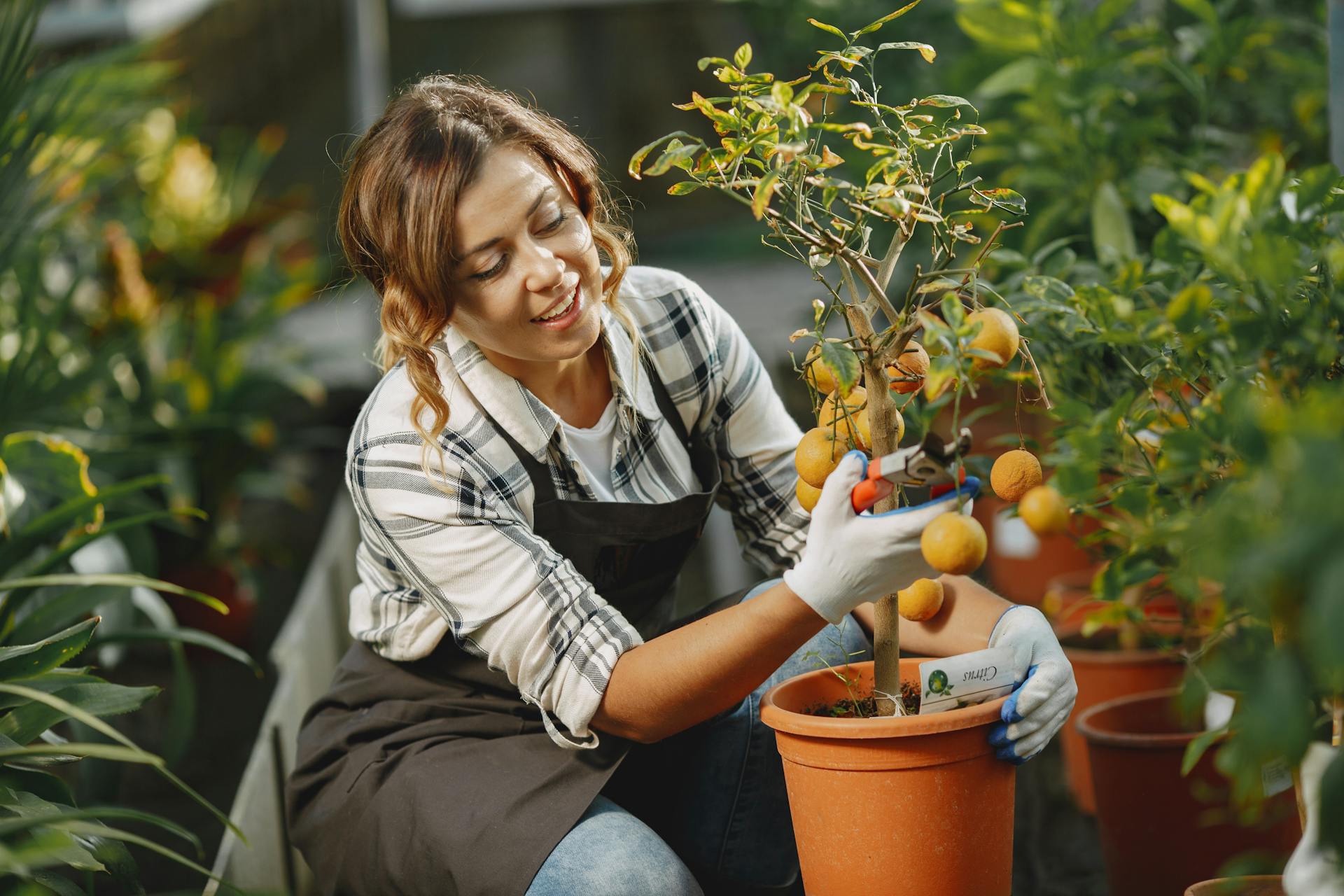Have you ever dreamed of turning your city apartment or small backyard into a green oasis? Well, you’re not alone. The movement towards urban homesteading ideas is picking up steam, and transforming concrete jungles into lush, productive spaces. It’s all about bringing the essence of rural homesteading into the urban environment, where space might be limited but creativity knows no bounds.
This isn’t just about gardening; it’s a whole lifestyle shift towards sustainability, self-sufficiency, and a deeper connection with what we eat and use daily. Whether you’ve got a windowsill, balcony, or a tiny plot, there’s room to grow, produce, and innovate. Let’s dive into this green revolution, shall we?
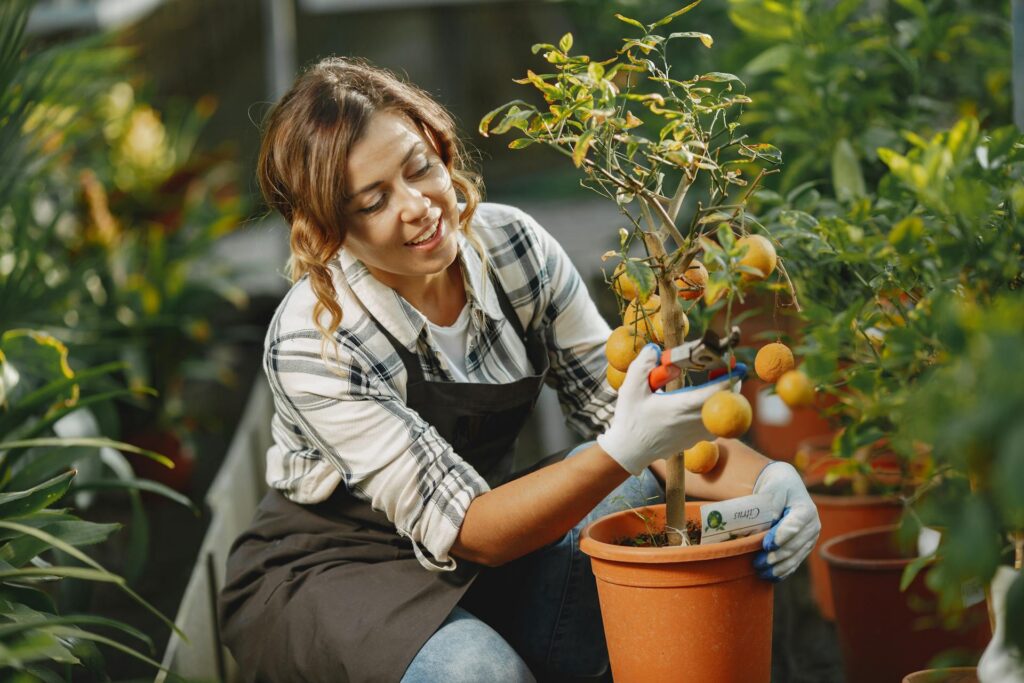
Discovering Urban Homesteading: A Beginner’s Guide
When I first stumbled upon urban homesteading ideas, it felt like uncovering a treasure trove of possibilities for transforming my city dwelling into a mini oasis of sustainability and self-sufficiency. If you’re intrigued by the prospect of urban homesteading but don’t know where to start, you’re in the right place.
Let’s embark on this journey together, exploring what urban homesteading is, its rich history, and the myriad benefits it offers to urban dwellers like us.
What is Urban Homesteading?
At its core, urban homesteading involves applying rural homesteading principles to an urban setting. It’s about creating a self-sufficient lifestyle within the city, encompassing everything from growing your own food to reducing waste and conserving energy. But how did this movement take root?
- Definition: Urban homesteading is the practice of cultivating a self-sufficient lifestyle within an urban environment. This can include growing food, raising livestock like chickens and bees, harvesting rainwater, and producing renewable energy.
- History: The concept has its origins in the 1970s during the back-to-the-land movement but gained renewed interest in the 2000s due to growing environmental concerns and a desire for more sustainable living practices in urban areas.
Key Differences Between Urban and Rural Homesteading
When comparing urban homesteading ideas with their rural counterparts, the contrasts are as enlightening as the similarities. Here are they:
- Space: Urban homesteaders often have limited space and must get creative with vertical gardens, container planting, and rooftop gardens.
- Community Involvement: Urban homesteading tends to involve a greater degree of community engagement through sharing resources, knowledge, and even produce with neighbors.
- Regulations: City dwellers must navigate zoning laws and regulations that aren’t typically a concern for rural homesteaders, such as restrictions on keeping livestock.

The Benefits of Urban Homesteading
Embracing urban homesteading ideas isn’t just a trendy hobby; it’s a pathway to a more sustainable, empowered, and fulfilling way of life. Here are some of the key benefits:
Sustainability and Environmental Impact
Sustainability and the environmental impact of our choices have never been more critical. Urban homesteading ideas offer a pathway to a more eco-conscious lifestyle, right in the heart of the city.
- Reduced Carbon Footprint: Growing your own food and reducing waste contributes to a significant decrease in your carbon footprint.
- Biodiversity: Urban gardens can support a wide range of plants and animals, enhancing local biodiversity.
- Conservation: Practices like rainwater harvesting and solar energy use help conserve resources and reduce reliance on municipal systems.
Economic Advantages and Self-Sufficiency
Embracing urban homesteading ideas not only transforms our living spaces but also brings economic advantages and fosters self-sufficiency.
- Cost Savings: Producing your own food, energy, and water can lead to substantial savings on utility bills and grocery expenses.
- Resilience: Developing skills in food production, preservation, and repair can make urban homesteaders more resilient to economic downturns and supply chain disruptions.
- Health Benefits: Access to fresh, organic produce and the physical activity involved in gardening can improve physical health, while the connection to nature and sense of accomplishment benefit mental health.
Urban homesteading offers a compelling alternative to the disconnected and wasteful aspects of modern urban life. It’s a movement that not only enhances our own lives but also contributes to a more sustainable and resilient urban ecosystem. Whether it’s through starting a small container garden, experimenting with composting, or exploring renewable energy options, there are countless urban homesteading ideas to explore.
By taking these small steps, we not only enrich our lives but also pave the way for a more sustainable future, right in the heart of the city.
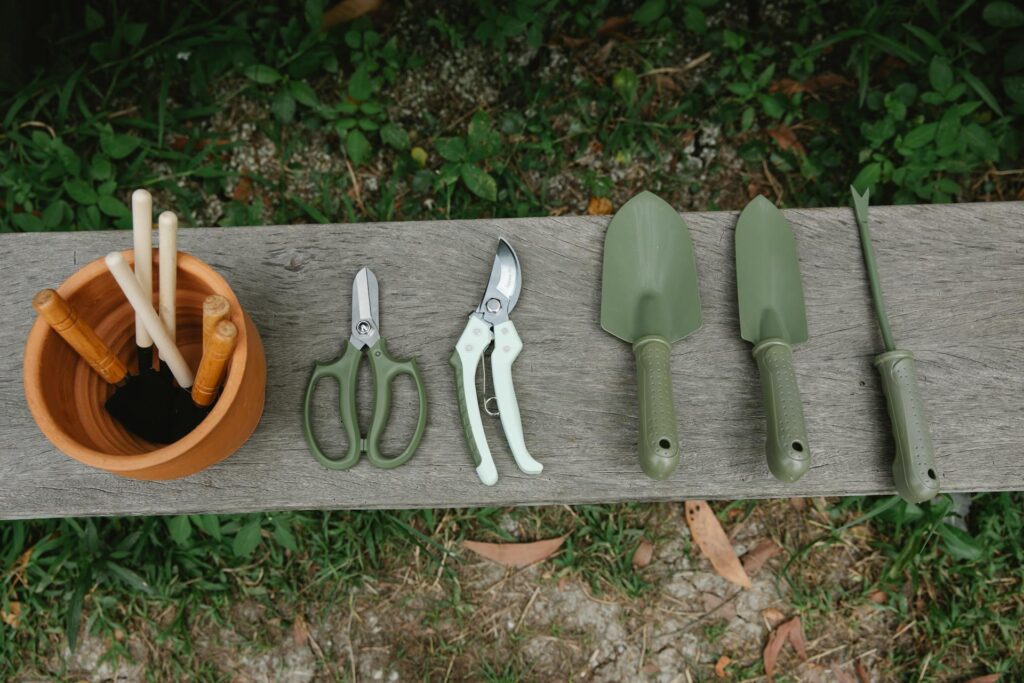
Innovative Urban Homesteading Ideas for Your Home
Creating a sustainable oasis in the heart of the urban jungle is more achievable than many might think. With a pinch of creativity, a dash of effort, and the right urban homesteading ideas, transforming your city dwelling into a green paradise is within reach. Whether you’re working with a balcony, a small yard, or just indoor space, there’s a plethora of ways to embrace the homesteading lifestyle.
Here, we dive into some innovative urban homesteading ideas to bring the essence of the countryside into your urban home.
Container Gardening: Maximizing Limited Spaces
One of the simplest yet profoundly impactful urban homesteading ideas is container gardening. This method is a game-changer for city dwellers with limited outdoor space.
1. Choosing the Right Containers
Choosing the Right Containers is crucial for your urban garden’s success. Here is how:
- Drainage is key: Ensure containers have holes to allow excess water to escape, preventing root rot.
- Material matters: Consider the weight and insulation properties of materials. Plastic and fiberglass are lightweight and retain moisture well, while terracotta and wood offer aesthetic appeal but may require more frequent watering.
- Size it right: The size of the container should match the growth habit of the plant to avoid overcrowding or underutilization of space.
2. Selecting Plants for Your Urban Garden
When it comes to Selecting Plants for Your Urban Garden, think versatility and utility. Herbs like basil and mint are perfect for small spaces and kitchen windowsills, offering fresh flavors at your fingertips.
- Herbs and leafy greens thrive in smaller containers and can be grown close to your kitchen for easy access.
- Tomatoes, peppers, and strawberries are perfect for larger containers and offer a rewarding harvest.
- Edible flowers like nasturtiums and marigolds add color and can also be used in salads.
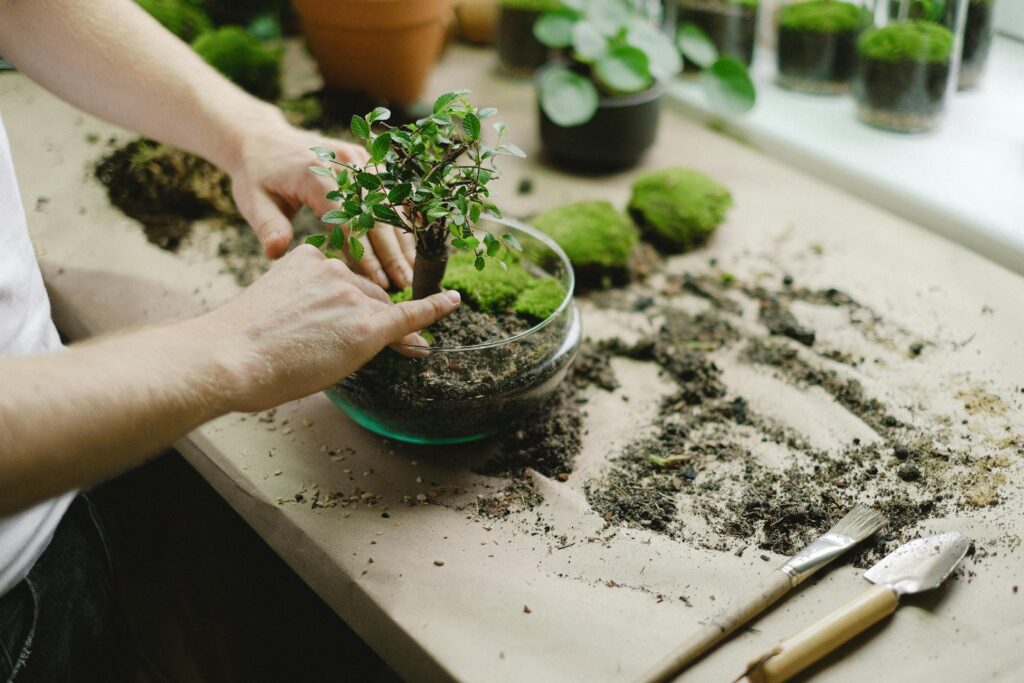
Vertical Gardening: A Solution for Small Spaces
Vertical gardening takes urban homesteading ideas to new heights—literally. It’s an innovative solution for those with more vertical space than horizontal.
3. DIY Vertical Garden Ideas
DIY Vertical Garden Ideas offer creative solutions to space constraints. The below setups are perfect for urban homesteading ideas that aim to blend aesthetics with functionality.
- Pallet gardens: Reuse wooden pallets as frames for hanging pots or as a canvas for attaching small containers.
- Wall-mounted planters: Create a living wall of herbs, succulents, or small vegetables.
- Hanging baskets: Utilize the airspace with baskets that can host a variety of plants, from flowers to herbs.
4. Best Plants for Vertical Gardening
For the Best Plants for Vertical Gardening, consider species that thrive in high-rise environments.
- Succulents and ferns are low-maintenance and adapt well to vertical setups.
- Climbing vegetables like beans and cucumbers, using trellises to support their growth.
- Aromatic herbs such as basil, mint, and thyme, for their adaptability and ease of harvesting.
Composting in the City: Easy and Effective
Embracing urban homesteading ideas can transform even the smallest of spaces into a green haven. Composting is a cornerstone of sustainable living, turning kitchen scraps and yard waste into gold for gardeners. Even in an urban setting, effective composting can be achieved with minimal space.
5. Starting Your Urban Compost Bin
Kicking off your composting journey is easier than you think. An urban compost bin doesn’t require a backyard; a small bin under the sink or on a balcony works wonders.
- Choose a suitable bin: Options range from small, kitchen countertop bins to larger, balcony-friendly tumblers.
- Location, location, location: Place your bin in a spot that’s convenient yet away from direct sunlight to prevent overheating.
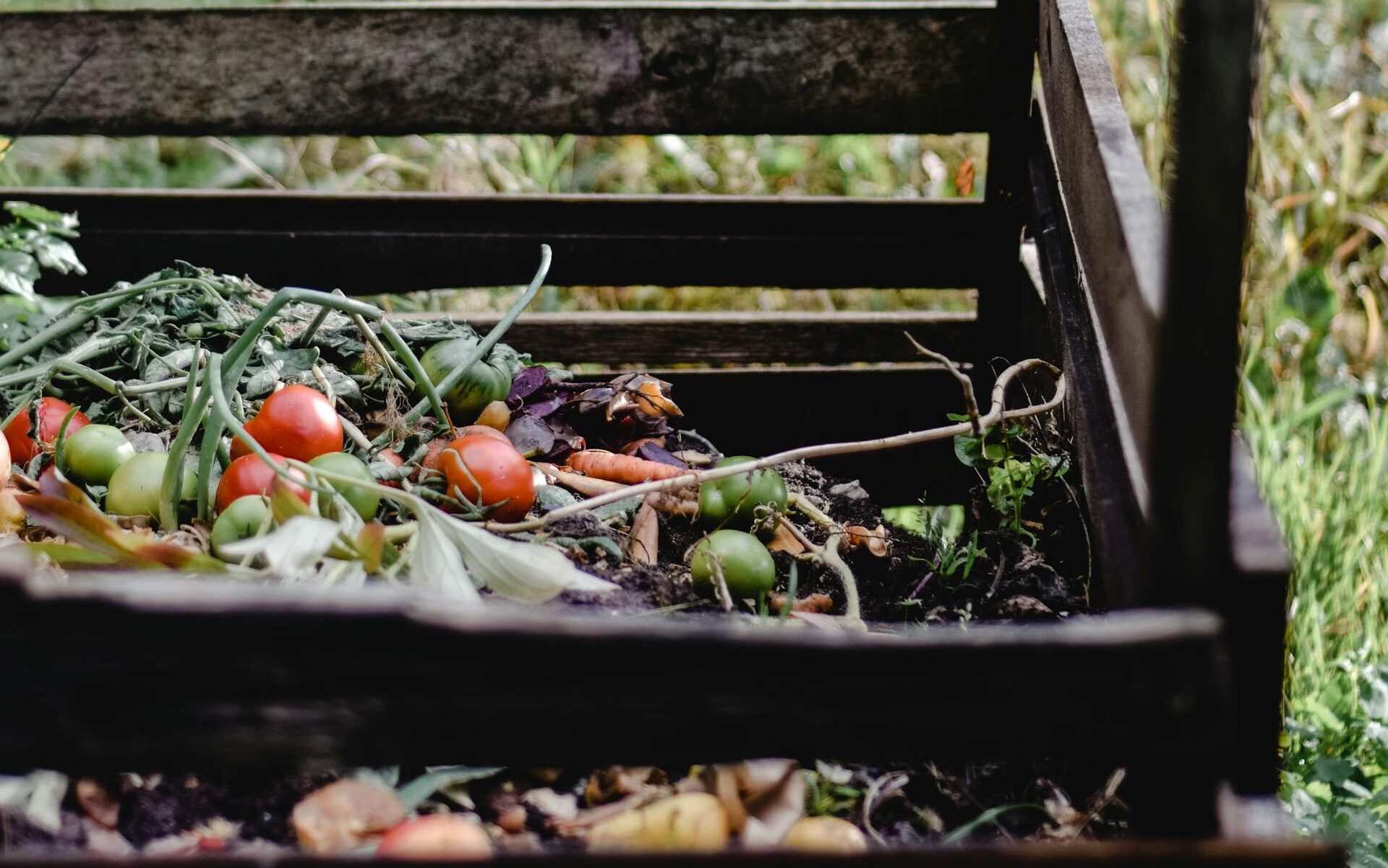
6. Tips for Successful Composting
It’s all about turning everyday kitchen scraps and yard waste into nutrient-rich soil that can supercharge your urban garden. But, to make composting a breeze in the city, here are some quick tips to ensure success:
- Balance your greens and browns: Ensure a good mix of nitrogen-rich greens (like vegetable scraps) and carbon-rich browns (like dried leaves) for optimal decomposition.
- Turn regularly: Aerate your compost pile to speed up the process and prevent odor.
- Patience pays off: Depending on your setup, compost can take a few months to be garden-ready.
By incorporating these simple steps into your urban homesteading ideas, you’ll not only reduce waste but also enrich your urban garden, making your green space thrive.
Water Harvesting: Making the Most of Rainwater
In the concrete jungle, it’s easy to overlook the natural resources available to us. However, rainwater, a precious commodity, often goes wasted. Implementing urban homesteading ideas that include water harvesting can change that, turning every rainfall into an opportunity to sustain our urban gardens and reduce our water footprint.
7. Simple Rainwater Harvesting Systems
Implementing a rainwater harvesting system is a brilliant urban homesteading idea that’s both simple and sustainable. Here is how:
- Barrels and Containers: Placing barrels or containers at downspouts is the easiest way to start. Ensure they’re covered to prevent breeding mosquitoes.
- Rain Chains: Besides their aesthetic appeal, rain chains can direct water to a collection point or garden area, minimizing soil erosion.
- Green Roofs: Installing a green roof can absorb rainwater, reduce runoff, and provide insulation.
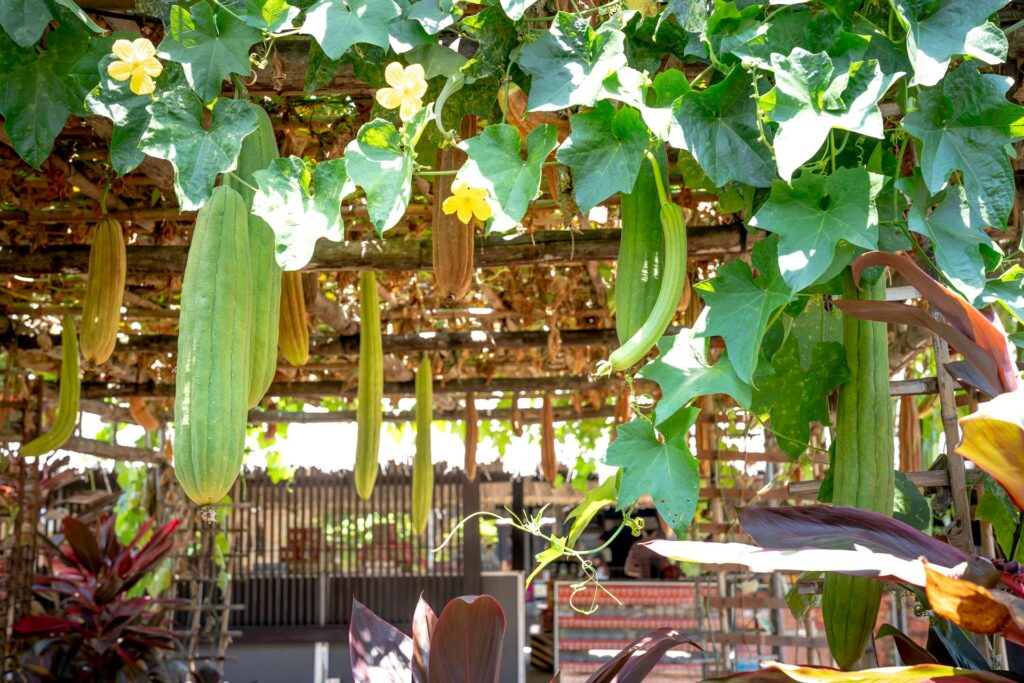
8. Benefits of Using Harvested Rainwater
Using harvested rainwater is a game-changer for urban gardens. Beyond watering plants, rainwater can be used for cleaning outdoor furniture or washing your car. It’s a simple step toward a more sustainable lifestyle.
- Reduced Water Bills: Utilizing rainwater for gardening, flushing toilets, and washing cars can significantly cut down on municipal water usage.
- Healthier Plants: Rainwater is free from the salts and chemicals found in tap water, promoting healthier plant growth.
- Environmental Impact: Minimizing runoff helps to reduce erosion, prevent pollutants from entering waterways, and lessen the burden on stormwater systems.
Urban Livestock: Raising Chickens and Bees
Turning to urban homesteading ideas that include raising livestock might seem daunting, but with a bit of know-how, you can manage chickens and bees right in your backyard, contributing to biodiversity and enjoying fresh produce.
9. Getting Started with Backyard Chickens
Yes, even in the city, you can start a mini flock of backyard chickens.
- Check Local Regulations: Ensure that keeping chickens is permitted in your area and familiarize yourself with any restrictions.
- Coop Design: A secure, ventilated, and comfortable coop is crucial for your chickens’ health and happiness.
- Feeding and Care: Chickens need a balanced diet, fresh water, and regular cleaning to thrive.
10. Beekeeping in the City: Basics and Benefits
Urban beekeeping brings a buzz of benefits, from boosting local plant life to harvesting your own honey.
- Legal Considerations: Like with chickens, verify that beekeeping is allowed and if you need any permits.
- Beekeeping Gear: Invest in the right equipment, including a hive, protective clothing, and a smoker, to ensure safety and success.
- Community and Environmental Benefits: Bees play a critical role in pollinating plants, which can enhance your garden’s productivity and support local ecosystems.
Each of these urban homesteading ideas offers a unique way to reconnect with nature, contribute to sustainability, and enhance our quality of life in urban settings. Whether it’s composting, rainwater harvesting, raising chickens, or beekeeping, joy is abundant in discovering what small spaces can yield.

Implementing Your Urban Homesteading Ideas
Embarking on an urban homesteading journey can be both exhilarating and daunting. It’s about turning your home into a mini oasis of sustainability, even in the heart of a bustling city. As we dive deeper, let’s explore how to bring those urban homesteading ideas to life, from the initial planning stages to overcoming common challenges.
Planning Your Urban Homestead
Diving into urban homesteading ideas starts with a well-thought-out plan that turns your urban space into a thriving homestead. Whether you’re dreaming of a balcony full of vegetables or a kitchen brimming with homegrown herbs, the first step is always planning.
Assessing Your Space and Resources
Embracing urban homesteading ideas starts with a clear assessment of your space and resources. It’s about turning every nook and cranny into potential green space.
- Start Small: Look around your living space, whether it’s a balcony, windowsill, or backyard. Every little area can be turned into a productive space.
- Resource Inventory: Make a list of what you already have and what you’ll need. This could include pots, soil, seeds, or tools for container gardening.
- Sunlight Mapping: Observe which areas receive ample sunlight and plan your planting accordingly. Most vegetables and herbs need about 6 to 8 hours of direct sunlight daily.
- Water Resources: Figure out how you’ll water your plants. A rainwater collection system can be a sustainable addition to your urban homestead.
Setting Realistic Goals and Timelines
Setting realistic goals and timelines is crucial in the journey of integrating urban homesteading ideas into your life.
- Short-term Goals: Maybe it’s growing herbs on your windowsill or setting up a compost bin. Achieving small wins will keep you motivated.
- Long-term Vision: Dream big – perhaps expanding to a rooftop garden or keeping urban chickens. But remember, it’s a journey that takes time.
By thoughtfully planning your urban homestead, you lay the groundwork for a sustainable, productive, and fulfilling extension of your living space. Let these urban homesteading ideas inspire you to create a plan that suits your urban lifestyle, making your homesteading dreams a tangible reality.
Overcoming Common Urban Homesteading Challenges
The journey of urban homesteading is as rewarding as it is challenging. Space, soil quality, and light availability often top the list of urban growers’ woes. Yet, with the right urban homesteading ideas, these barriers can be gracefully overcome.
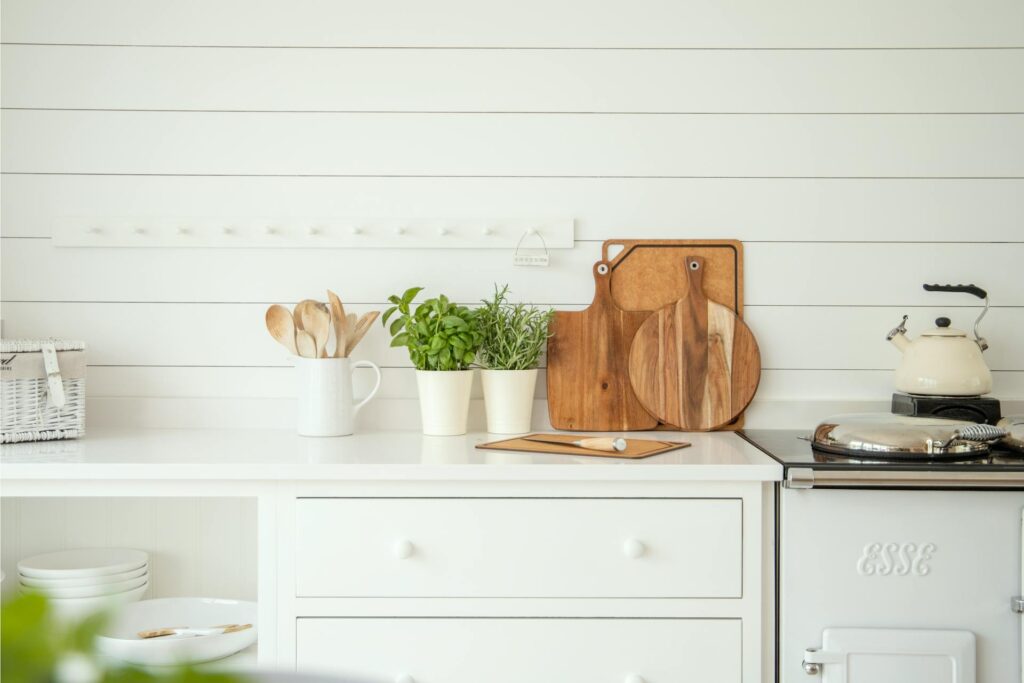
Dealing with Limited Space and Resources
Embracing urban homesteading ideas often means getting creative with the limited space and resources at our disposal. In the compact landscape of the city, every square inch counts, pushing us to think outside the box.
- Creative Solutions: Think vertical gardening for maximizing space or community gardens to expand your reach.
- Repurposing and Recycling: Use old containers for planting or find second-hand tools to reduce costs.
Navigating City Regulations and Restrictions
Navigating city regulations and restrictions is another layer to the urban homesteading ideas puzzle. It’s essential to be informed and compliant to ensure our green dreams don’t turn into legal nightmares.
- Research: Every city has its own set of rules. Check your city’s guidelines on composting, livestock, and water harvesting.
- Community Support: Engage with local urban homesteading groups or forums. They can be a wealth of information and support.
Each challenge presents a chance to innovate and adapt, making your urban homesteading journey uniquely fulfilling. With these urban homesteading ideas, you can transform even the smallest urban space into a thriving green oasis.
Conclusion
Embracing urban homesteading ideas can revolutionize your living space, fostering sustainability, self-sufficiency, and a deeper connection with nature. Start small, dream big, and transform your urban space into a green sanctuary. Ready to embark on your urban homesteading journey? Dive in today and join the movement towards a greener, more sustainable future. Let’s make our cities thrive, together!

